7 Ways to Crush Your Workout – Part 1

Ways to Crush Your Workout
I sat down and wrote out some random thoughts on how to be a bad-ass in the gym and smash your fitness goals. Some of these tips come from years and years of training and I think that they’re really important. You’ll also notice that special emphasis is placed on warming up and staying safe with proper form.
If you want to train long-term, these points are critical.
1. Continue your warm-up in between your first several primary worksets. Let’s say you’re benching and your warm-up had face pulls, push-ups and band shoulder stretches. After your first set of bench (probably with the bar), go back and hit 5-10 reps of each of the warm-up exercises. Do this into the next 2-3 bench press sets until you are sweating like you’re taking a test.
2. Yoke it Up. Barbell shrugs get old after a while, so switch it up. Move your hands out and perform snatch grip barbell shrugs – trying to touch your shoulders to your ears. Work up and perform them with a decent amount of weight if you want to tear the muscle off the bone. This simple modification is enough to dominate your traps like you haven’t done in a long time. Focus on keeping your chest up and head forward and don’t let your head fall down as the weight gets heavier and fatigue sets in. I would also recommend using straps because in this position, your grip will definitely be a limiting factor.
3. Don’t give in to the bullshit. We all know the positive impact good training partners can bring to the session. But what about the other ones in the group? You know, the ones that are always negative and never push themselves? The ones that set a target for a set and quit halfway? Just as the motivated and relentless training partners bring the group up, the bad ones kill the session before it even starts. If someone is not giving 100%, call them on it and make them toe the line. If they try and can’t, that is fine – they probably need a deload or active recovery day. Get them out of the rotation and onto a different routine for the day. But if this is not the case and they’re consistently bringing down the group, it might be time to make changes.
4. When pulling, the descent is key. Many times when lowering yourself down to grab the bar, you lose tension and end up in the hole with no power or strength. Set your tension with good breathing, bracing and activating the lats – and then get to the bar as fast as possible, while still maintaining your control. Don’t hesitate and sit in the hole too long.
5. Restricted movement causes poor movement patterns. It might not be a “take too long to get down to the bar” issue when losing your tension for deadlifts – you might just have poor technique or your movement might be restricted. If you don’t have the ankle / hip mobility or the torso stability to maintain proper posture, you won’t be able to create tension for the initiation of the movement. The CNS is very smart and it doesn’t want you to hurt yourself further so when it sense restriction, it inhibits tension and muscle activation in that posture or through that movement pattern.

6. Don’t pull…..push. One of the deadlift cues I’ve been using lately that I really like is to not pull on the deadlift, but rather push. Let me explain. Once you get setup on the bar and create the tension needed, instead of thinking about pulling the weight with your arms, lock your torso in place and drive the ground away. Too often when the cue is to “pull”, if the athlete loses stability, the back immediately rounds. If I tell them to lock their torso into place and drive the ground away as if they’re doing a leg press, the torso angle remains constant and their hips don’t have a tendency to shoot up.
7. Grip is everything. Everything we do in and out of the gym requires us to use our hands. This is quite funny because no one ever trains grip to get better and stronger at it. Here is an old video of me (with luxurious hair) training pinch. In my opinion, pinch is probably the most important facet of grip – and it has the most carryover to the other areas of grip strength – crush, support, wrist postures and hand health. Work your grip at the end of the workout, so that you don’t affect your strength levels during your primary worksets. You can also work grip during and into the workout just by switching out standard implements with thick bars, Fat Gripz, axles, towels and other grip-enhanced implements.
By Smitty on April 9th, 2012
FREE DIESEL NEWSLETTER
- Discover Pain Free, Joint-Friendly Training
- Get Super Effective Workouts and Programs
- Inspirational Life Lessons Each Week
- Effective Habits For Busy Entrepreneurs






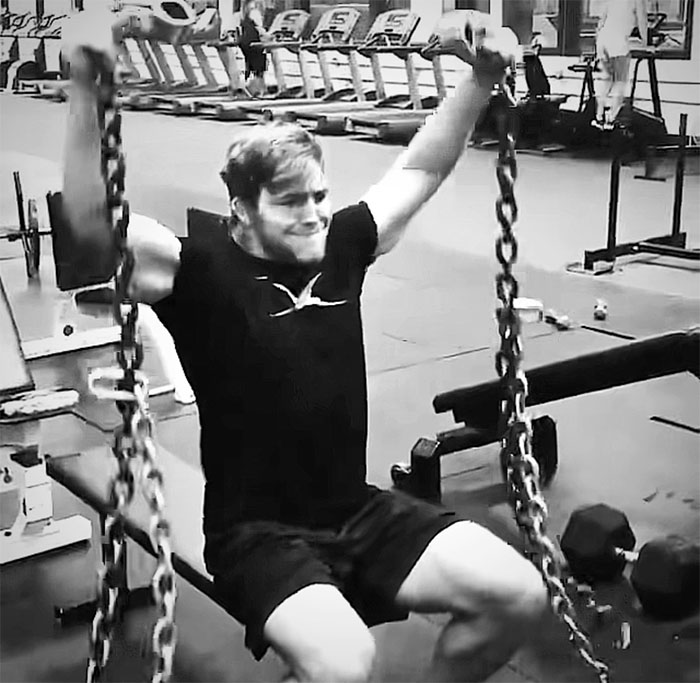
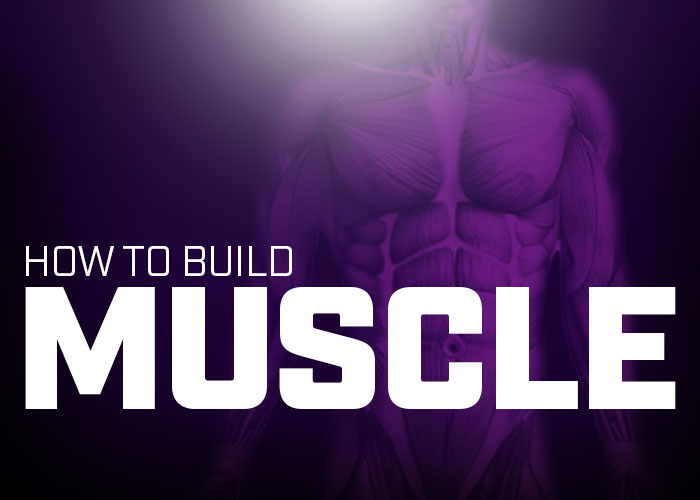
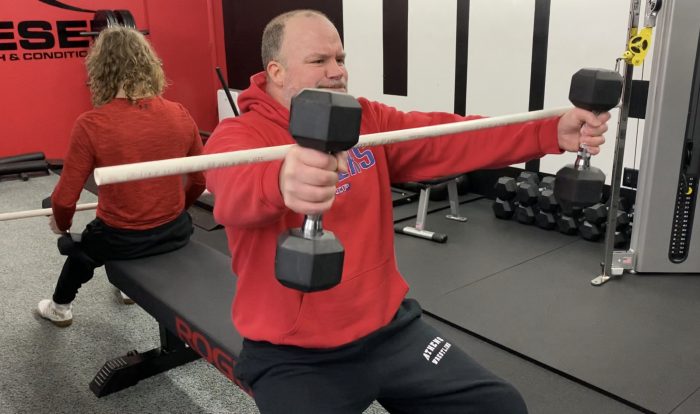
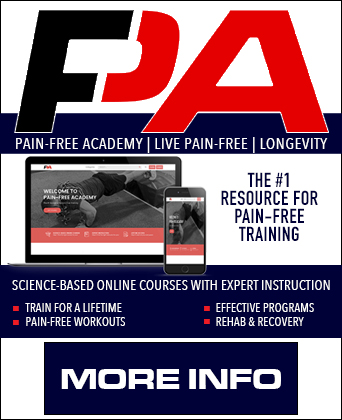

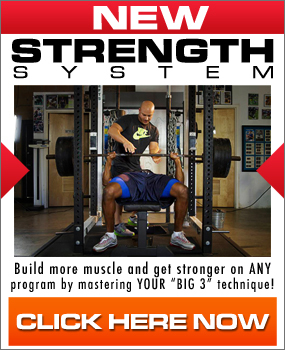
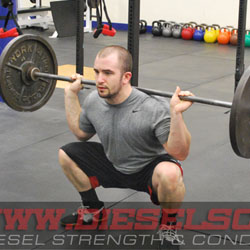



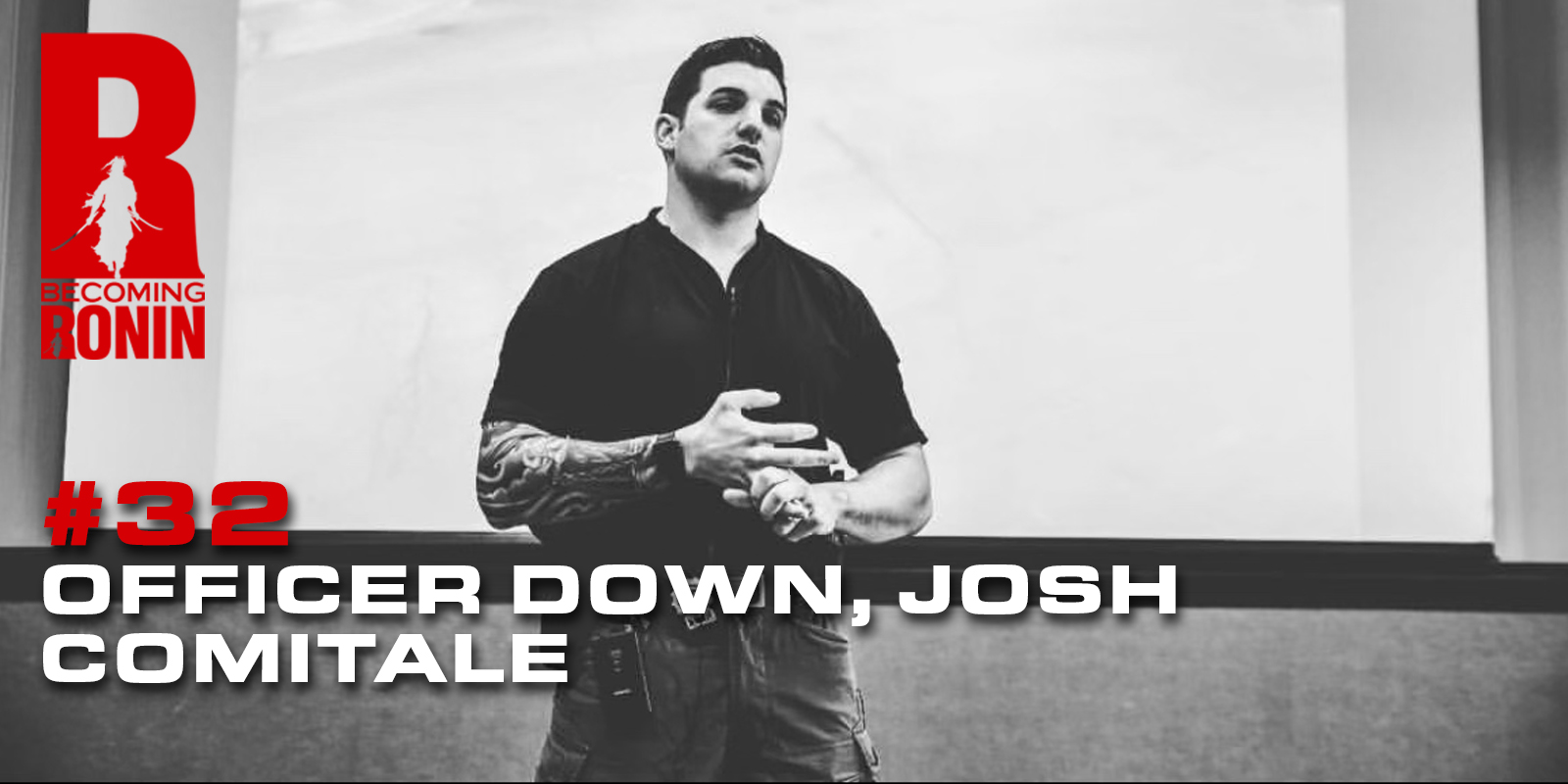
New to the websit great article and I really enjoy reading the site plenty of knowledge and inspiration to be had.
Welcome to Team Diesel Dave. We have a strong community here ready to help you achieve your goals in and out of the gym.
Awesome, I’m going to try that deadlifting cue to push the ground away this Friday.
And what are your thoughts on the hook grip for deadlifts? I’ve been deadlifting with a hook grip for a few months and I’m finding it’s really secure even without training my grip strength. Pain tolerance seems to be the limiting factor (at least for me) on whether the grip holds or not.
John,
Even though you’re secure without the hook grip, at some point you’re going to have to use it as the weight gets heavier. Start integrating it throughout your training to get used to it.
Hope this helps,
Smitty